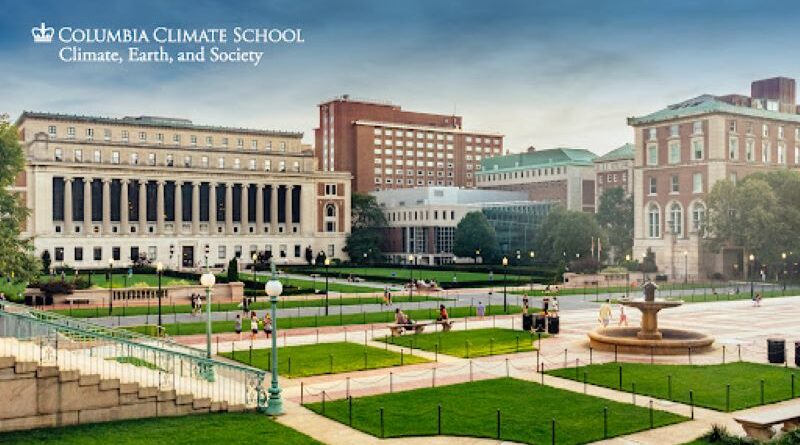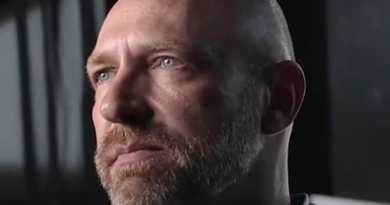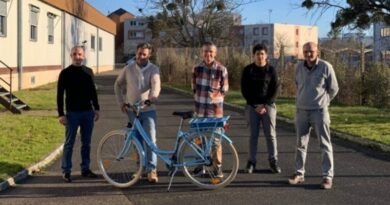The Constant Evolution of Education for Sustainability Professionals
During my time as an EPA staffer and then consultant from 1977 through the 1990s, I started to develop an understanding of the educational needs of environmental professionals. I began putting that understanding to work, creating graduate programs in environmental and sustainability policy and management. I started in 1987, when I became the Associate Dean of Faculty at Columbia’s School of International and Public Affairs (SIPA) and was able to launch an environmental policy concentration. That concentration continues today as a concentration in energy and the environment. A unique aspect of that program in the early days was a course that was team-taught by several prominent environmental scientists from Columbia’s Lamont Doherty Earth Observatory. That course was entitled “Environmental Science for Policymakers,” and it was an innovative and important breakthrough. During my time at EPA, I came to learn the importance of environmental science and the general ignorance that most environmental policymakers and policy analysts (me included) had of the basics of toxicology, hydrology, geology, climate science, ecology, and earth systems science. The environmental science our faculty taught to students of environmental policy and management was not the same as that taught to future environmental scientists; instead, it was the science most relevant to policy and management decision-making.
In 2002, building on what we learned fielding the environmental policy concentration, we established a Master of Public Administration program specifically for environmental policy analysts and managers: the MPA in Environmental Science and Policy. It featured a summer of environmental science, along with the typical set of MPA courses in quantitative policy analysis, economics, management, and financial management taught during the fall and spring semesters. The core MPA courses taught traditional concepts but focused on cases and data sets on environmental issues. The “Environmental MPA” also featured a three-semester workshop sequence that began with a two-semester management simulation that emphasized science communication in the summer and program start-up and management in the fall. In the spring semester, we engaged in pro-bono projects for environmental government and nonprofit agencies. The entire sequence was based on experiential learning, or learning by doing. Today, over two decades later, our program has evolved significantly, but we continue to offer the same basic degree in environmental science and policy. We have undertaken hundreds of workshop projects since the start of SIPA’s environmental policy program. In recent years, we have made the curriculum a little more flexible by allowing students to enroll in four electives in the fall and spring semesters. Columbia now offers hundreds of courses in environmental policy and sustainability management each year, and our SIPA students can shape part of their program to focus on issues like energy, climate, water, agriculture, and many other topics, including sustainable fashion.
The program we created at SIPA requires an in-depth, full-time commitment of twelve months to complete a 54-credit Master’s degree in three intense semesters. That cohort program is very successful but requires single-minded commitment and focus. Around 2008 and 2009, while America endured a “great recession,” I started to work with colleagues at Columbia’s Earth Institute to develop a program designed for working professionals interested in pivoting to the emerging field of sustainability management. In discussions with SIPA’s deans, I was advised that such a degree would be best placed in Columbia’s then-new School of Continuing Education, now called the School of Professional Studies. That school was designed to meet the educational needs of working professionals. The MS in Sustainability Management degree would offer all its classes in the evening and would have only two required classes—a broad survey of sustainability management at the start and a client-based pro-bono capstone workshop at the end. In between, students would complete course requirements in five fields of study: 1. Interdisciplinary topics in sustainability management; 2. economics and quantitative analysis; 3. The physical dimensions of sustainability; 4. public policy; and 5. management and finance. Over the past three years, this program has doubled in size and now enrolls 450 students. While initially, most of the students were working professionals attending part-time, today, about 40% attend full-time. Many of the full-time students are international students who must attend full-time to obtain a student visa. This semester, we are offering about 50 courses on topics ranging from life cycle analysis to complying with carbon disclosure rules to reversing the biodiversity crisis to geographies of environmental justice. During our first fall semester in 2010, we offered only 11 courses. Every Tuesday night at 6:10 PM, I teach about 115 students the basics of sustainability management and remain excited to learn from my students while teaching that required course.
I now think of the field that I work in as environmental sustainability, a subfield of the broader field of sustainability management. The field of sustainability management has evolved into a field of management that continues to study how to preserve the planet while producing wealth, but it also now studies how to preserve organizations and communities and ensure that merit and brainpower are rewarded while harm to host communities is reduced. Corporations all over the world are including sustainability considerations as part of routine management, and as I predicted in my 2011 book Sustainability Management, today’s definition of effective management includes sustainability management. The two terms are synonymous. Effective managers focus on energy efficiency and their carbon and environmental impacts, or they end up paying hundreds of millions of dollars in clean-up costs and liability to communities like East Palestine, Ohio. They focus on their political impact on local communities, or, like Amazon, they are forced to abandon their plans for HQ2 in Long Island City and find themselves exiled to Crystal City, Virginia.
We live on an increasingly crowded and interconnected planet in a global economy that is not going away. Management requires care and precision. It calls for brains and strategy, not muscle and brute force. As educators, my colleagues and I are required to anticipate how society, culture, technology, and governance are evolving. This year, we have added three courses on corporate sustainability reporting, including a law course on the new carbon disclosure rules that are coming and a course on managing corporate sustainability reporting. These were added to our long-standing course on how to conceptualize and write ESG reports. Our courses on greenhouse gas measurement and life cycle analysis continue to evolve, along with courses on start-ups, sustainability finance, and the circular economy.
The two Master’s programs I direct now have over three thousand graduates, and many of those alums are leaders in the fields of environmental sustainability and sustainability management. Some provide me with welcomed, needed advice on emerging issues our curriculum needs to address. Our students are also free with their advice, and our faculty take all these proposals seriously. The issues of environmental sustainability are changing daily. Looking back over the decades, the only constant is change. I remember in 2001 when New York City’s final landfill at Freshkills, Staten Island, closed, and we met with engineering colleagues to learn about waste-to-energy plants and anaerobic digestion for food waste. Today, food recycling is mandatory in Brooklyn and Queens, and waste mining that utilizes robots and artificial intelligence is showing great promise as we work to replace home waste sorting with automated sorting. Electric vehicles that seemed like a fantasy are being adopted at a pace no one predicted a decade ago. Battery technology and renewable energy technology continue to advance.
In a field like environmental policy and sustainability management, we need to stay current and look ahead to attempt to predict where we may be going. Of course, while keeping up with a changing world, we still need to teach our students some of the basics of management, finance, and public policy, which remain unchanged. Half of my course in sustainability management is devoted to the basics of organizational management that my colleague Bill Eimicke and I wrote about in our recent book Management Fundamentals. The other half is devoted to cases and concepts in sustainability management. Students find management studies simplistic, but when we discuss organizational behavior, we learn that inadequate management is quite common. As I often say, “If management’s so simple, why are so many managers so bad at it?” In addition to management fundamentals, there are analytic techniques from economics, political science, law, sociology, and history that are central to effective sustainability management.
It is this combination of timeless concepts and an understanding of the contemporary world that presents a constant challenge to sustainability educators. A balance is needed between the lessons that will help our graduates in their next job and the concepts that will remain central throughout their professional careers. Life-long learning is required to respond to a changing world, but so, too, is the reinforcement of fundamental ethical principles and values and a basic understanding of human and organizational behavior. Education requires both change and stability, and the quest for balance never ends.
Source : news.climate.columbia.edu




